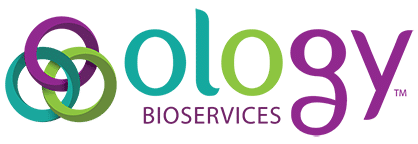This phase 1/2 open-label, randomized clinical study investigated the safety and immunogenicity of a non-adjuvanted, whole virus, Vero cell-derived H1N1 pandemic influenza vaccine (A/H1N1/California/07/2009) in children and adolescents (6 months to 17 years). Subjects were stratified by age (6-11 months, 12-35 months, 3-8 years, 9-17 years) to receive two vaccinations 21 days apart of either the 3.75 μg or 7.5 μg dose. A booster with a licensed trivalent seasonal (2010/2011) influenza vaccine was administered one year after the first vaccination to a subgroup that had previously received the 7.5 μg dose. A single vaccination with the 7.5 μg dose induced high seroprotection rates in all subjects, namely: 88.0% (9-17 years); 68.0% (3-8 years); 42.9% (12-35 months); and 50.0% (6-11 months). Following a second vaccination, seroprotection rates ranged from 84.2% to 100%. GMTs after two vaccinations with the 7.5 μg dose (as determined by HI) were also substantial: reaching 210.0 (9-17 years), 196.2 (3-8 years), 118.9 (12-35 months) and 99.6 (6-11 months). Antibody persistence was demonstrated at 6 months (GMTs ranging from 65.6 to 212.8 with the 7.5 μg dose) and at 12 months (GMTs ranging from 33.6 to 124.1 with the 7.5 μg dose) after primary vaccination. The booster vaccination induced a strong response to the A/California/07/2009 strain, reaching 100% seroprotection in all age groups, with GMTs ranging from 640.0 to 886.3. The vaccine was well tolerated, inducing low adverse reaction rates (overall fever rate: 6% after the first vaccination; 7% after the second vaccination), even in young children. These data confirm that the H1N1 whole-virus Vero cell-derived pandemic influenza vaccine is suitable for use in children and adolescents; a 2-dose primary vaccination induces a memory response in a naïve population that can be effectively boosted with the A/H1N1/California/07/2009 component of a seasonal influenza vaccine. ClinicalTrials.gov Identifier: NCT00976469.






